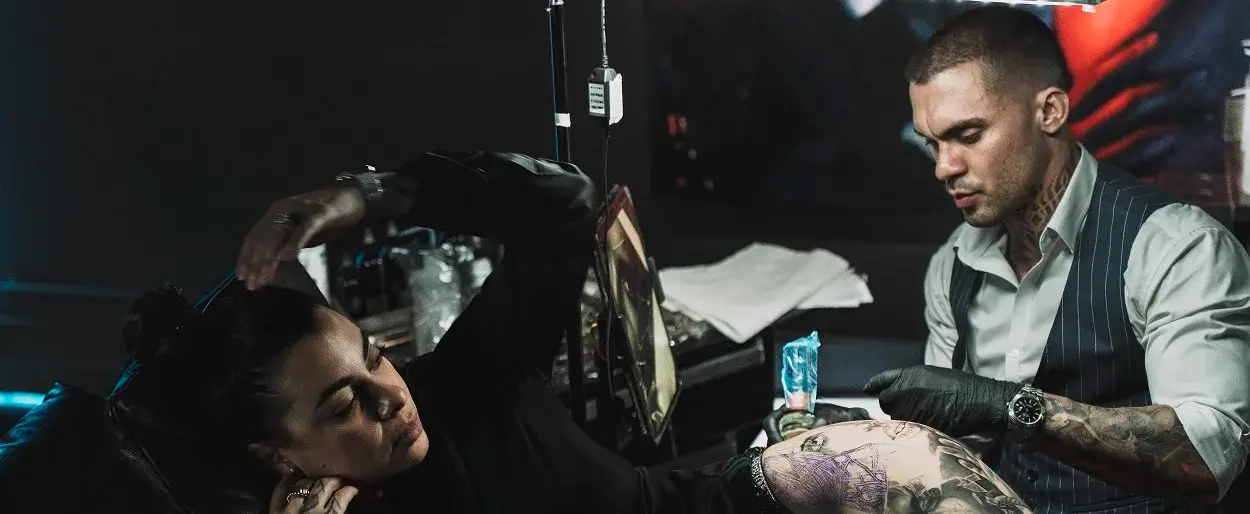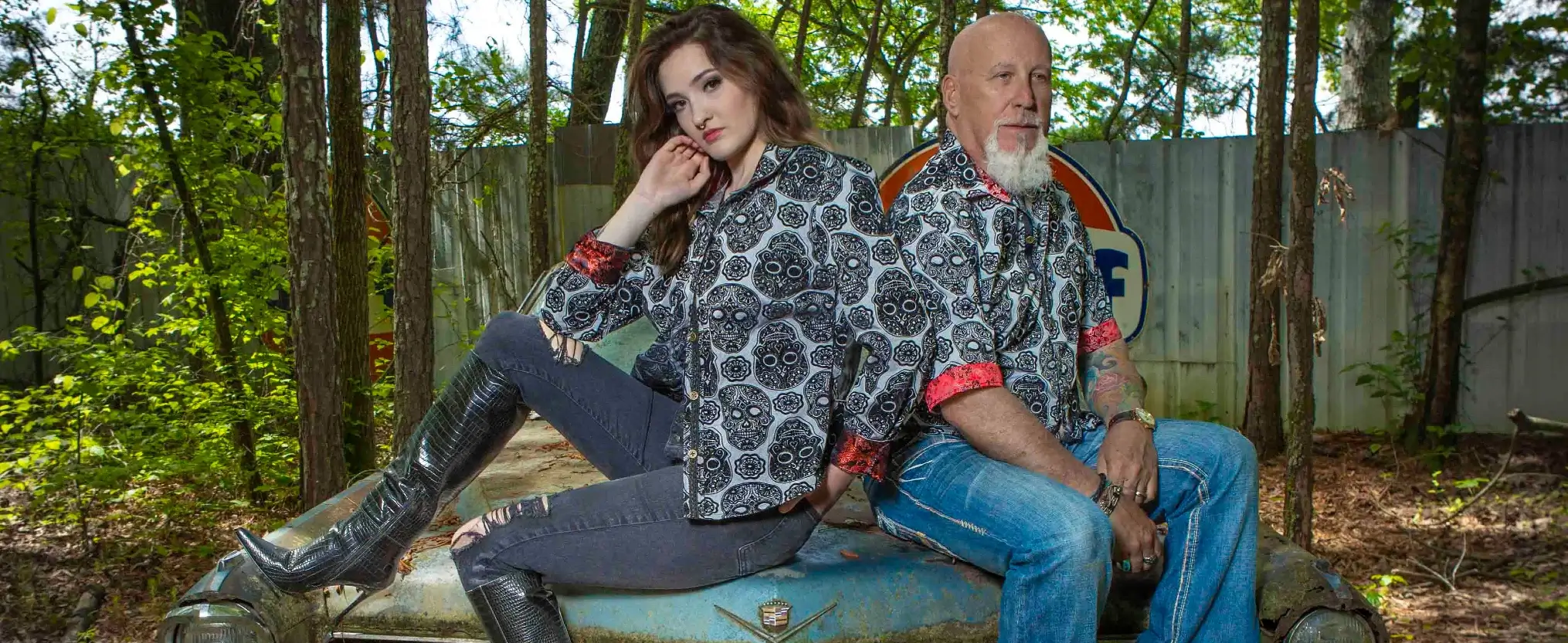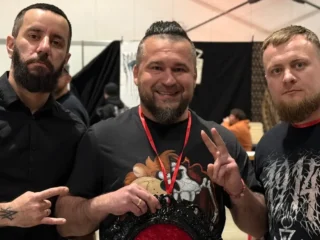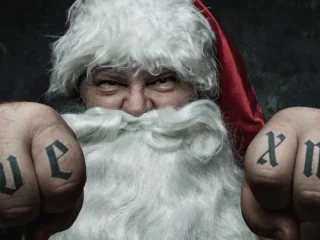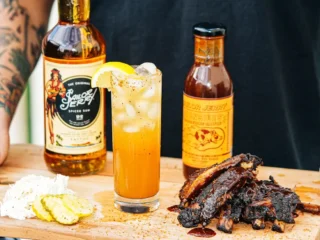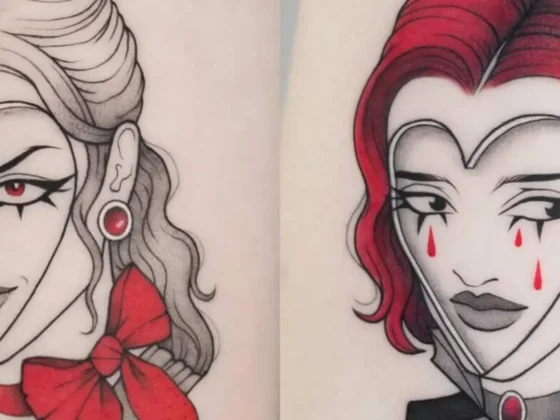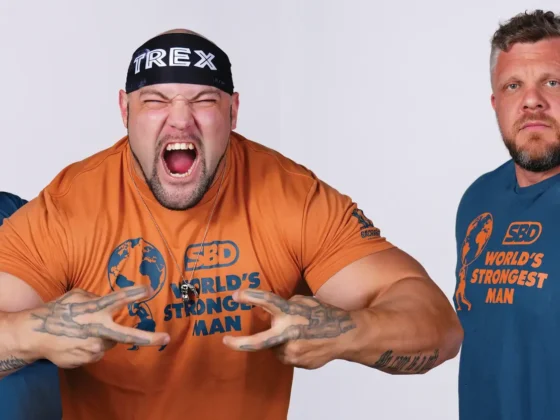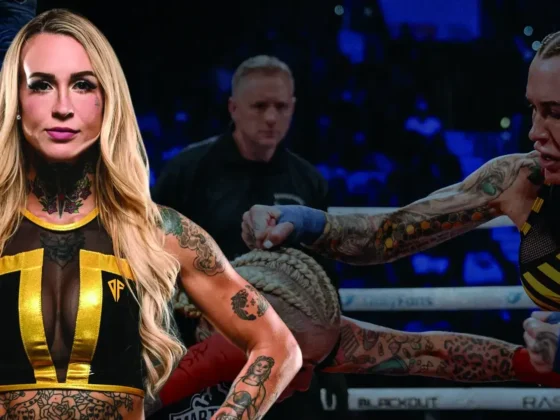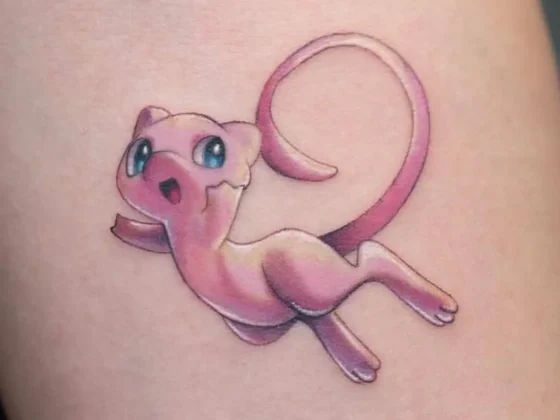Inked Mag Staff
May 27th, 2022
Back to Black-and-Grey
How Alëna Wedderburn became one of NYC's heavy hitters.
While Alëna Wedderburn currently calls New York City home, the Big Apple couldn’t be more different than her hometown. Instead of city streets lined with towering skyscrapers, Yakutia, Russia, was a small town that lacked simple amenities like paved roads and running water. During the long winters—when the temperature would plummet to 60 below zero—Wedderburn and her siblings walked to school. During the painfully short summers they harvested fruits and vegetables to prepare for winter. Yakutia may have moved at a slower pace than NYC, but it taught Wedderburn the true value of hard work. Now, there’s no stopping her. We sat down with Wedderburn to learn how her tattoo career began, what led her to black-and-grey realism and what advice she’s held onto to this day.
View this post on Instagram
When did you first fall in love with art? Art has been a big part of my life for as long as I can remember. I don’t remember an exact moment of me falling in love with it, but I remember drawing cards for all of my family and friends for every single occasion. The way those cards made them smile, it made me feel like I could make people happy with my little drawings and I loved it. Even after high school, I continued to hand draw cards for my friends and family for special occasions.
How did your tattoo career begin? My tattoo career started when I was in my second year of art school in Czechia. Money was tight and art supplies were expensive. My mom could only send me enough money for food and my dorm. My dad passed away when I was 8, so it was just her and the three of us on her teacher’s salary. I had to start thinking about getting a job and how to make my own money. But my school schedule was pretty busy and there’s no way I could’ve gotten a job with this schedule. I loved tattoos and decided to give it a shot.
It was right before my summer break and my mom sent me some money to bring home some goods from Europe. Guess what? I spent all of that money on tattoo supplies. I went to my dorm room, watched some YouTube videos, tattooed a few fruits and then tattooed a random guy that same day. When I got back home to Russia for my summer break, I paid a tattoo shop for an apprenticeship. It was only for a couple months, but two months in I was doing small tattoos for money and that summer I made enough for my plane ticket back to Europe to go back to school. I got a weekend job at a local tattoo shop in Prague and I started making enough for my art supplies for school. Eventually I started providing for myself and later on I had enough to help out my mom.
View this post on Instagram
What led you to specialize in black-and-grey? Who are some of your favorite black-and-grey artists? I love black-and-grey realism tattoos because they’re timeless—it’s not something that’s going out of style in a few years. Also, I love drawing with graphite pencils and charcoal. It’s a really popular style of tattooing and there are so many insanely talented artists out there. But if you asked for my absolute favorites, I would say Inal Bersekov, Alex Sorsa, Dmitry Troshin, Jose Contreras and just about every single Korean tattoo artist.
What are some of the biggest challenges of doing black-and-grey? The biggest challenge of doing this style is patience—both for me and the client. You have to be patient in order to build your gradients and make it look buttery smooth. You can’t just jump right into the tone you want to end up with—it’s layers and layers of shading.
How did you learn to draw faces and how did you adapt these skills into tattooing? Since I was a little girl, I’ve loved drawing people. But serious knowledge on how to draw human faces and everything else came from the architecture classes I started taking in high school. Academic drawing knowledge still helps me to this day. The most important part of executing a portrait tattoo is to achieve likeness. Even a tiny detail can be crucial when it comes to portrait tattoos.
View this post on Instagram
View this post on Instagram
View this post on Instagram
Editor's Picks
Bridging Classical Art and Modern Tattooing
Esteban Rodriguez brings the discipline of classical fine art to the living canvas of skin, creating hyper-realistic tattoos that merge technical mastery with emotional depth.
Show Your Ink Fashions Brings Custom Style to Tattoo Culture
Show Your Ink Fashions creates custom shirts designed to showcase your tattoos as wearable art, blending fashion with personal expression.
The Ultimate “Superman” Tattoo Roundup: Just in Time for Superman’s Return to Screens
With Superman’s big return to theaters, fans are revisiting some of the most iconic ink inspired by the Man of Steel.


